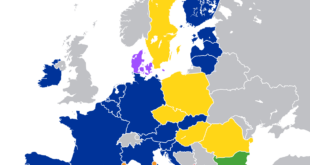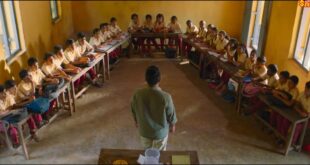- The National Commission for the Protection of Child Rights (NCPCR) has published draft Guidelines to Regulate Child Protection within the Entertainment Industry.
- The “Guidelines to Regulate Child Participation in the Entertainment Industry” were issued by the Commission in 2011. The new draft increases the scope of the guidelines to cover social media and Over the Top (OTT) platforms for the first time.
Key Highlights of the New Guidelines
- Any producer of any audio-visual media production or any commercial event involving the participation of a child will now need to obtain the permission of the District Magistrate where the activity is to be performed.
- Producers will also have to run a disclaimer saying measures were taken to ensure there has been no abuse, neglect or exploitation of children during the entire process of the shooting.
- The commission has further included stringent penal provisions for violating the guidelines, including imprisonment, and has mandated that child artists and children being used in entertainment need to be registered with District Magistrates.
Provisions of Various Acts:
- Parents who are using children to make money have to be held accountable. There are different Acts protecting children — the provisions of these Acts have now been included in the guidelines.
- Provisions under the Juvenile Justice Act, 2015, Child Labour Amendment Act, 2016, Protection of Children from Sexual Offences Act, 2012, Information Technology (Intermediary Guidelines and Digital Media Ethics Code) Rules, 2021, etc., have been included in the guidelines.
- Various penalties for offences have been prescribed under different acts including Child and Adolescent Labour Act, 1986, Protection of Children from Sexual Offences Act, 2012, and the Juvenile Justice (Care and Protection of Children) Act, 2015.
- The scope of the new guidelines will cover TV programmes including but not limited to reality shows, serials, news and informative media, movies, content on OTT platforms, content on social media, performing arts, advertising and any other kind of involvement of children in commercial entertainment activities.
- The guidelines prohibit children being cast in roles or situations that are inappropriate,
- Consideration has to be given to the child’s age, maturity, emotional or psychological development and sensitivity, a child cannot be exposed to ridicule, insult or discouragement, harsh comments or any behaviour that could affect his/her emotional health.
- Children cannot be shown imbibing alcohol, smoking or using any other substance or shown to be indulging in any sort of antisocial activity and delinquent behaviour.
- No child can be engaged in any situation involving nudity.
- At least one parent or legal guardian or a known person has to be present during a shoot, and for infants a registered nurse needs to be present along with the parent or legal guardian.
- Prohibited Harmful Lighting, Contaminated Cosmetics:
- A minor, especially below the age of six years, shall not be exposed to harmful lighting, irritating or contaminated cosmetics.
- Every person involved in production who may be in contact with children will have to submit a medical fitness certificate ensuring that they are not carrying obvious contagious disease and police verification of the staff also needs to be carried out.
Constitutional Provisions Related to Children
- The Constitution guarantees to every child the right to live with dignity (Article 21), the right to personal liberty (Article 21), the right to privacy (Article 21), the right to equality (Article 14) and/or the right against discrimination (Article 15), the right against exploitation (Article 23 & 24).
- Right to free and compulsory elementary education for all children in the 6–14-year age group (Article 21 A)
- The Directive Principles of State Policy, and in particular Article 39(f), cast an obligation on the State to ensure that children are given opportunities and facilities to develop in a healthy manner and in conditions of freedom and dignity and that childhood and youth are protected against exploitation and against moral and material abandonment.
SOURCE: THE HINDU,THE ECONOMIC TIMES,MINT
 Chinmaya IAS Academy – Current Affairs Chinmaya IAS Academy – Current Affairs
Chinmaya IAS Academy – Current Affairs Chinmaya IAS Academy – Current Affairs



